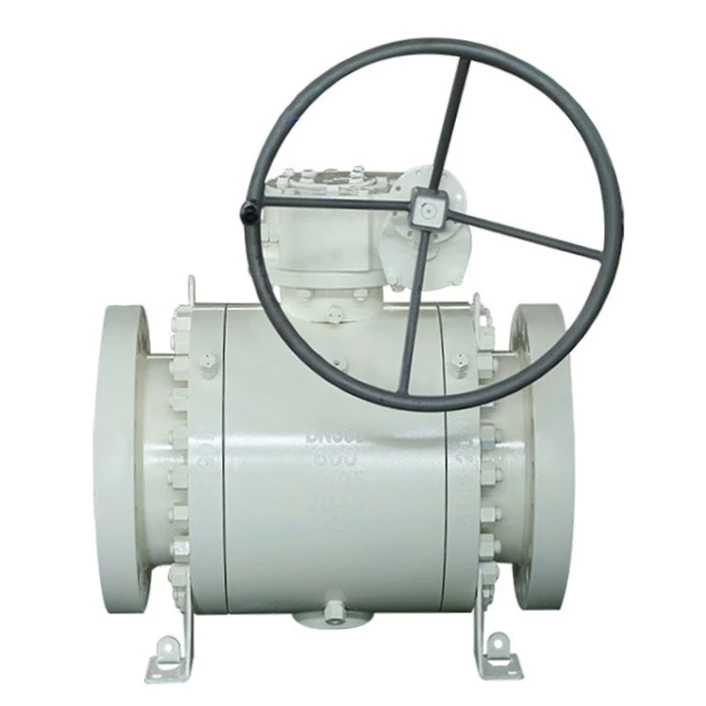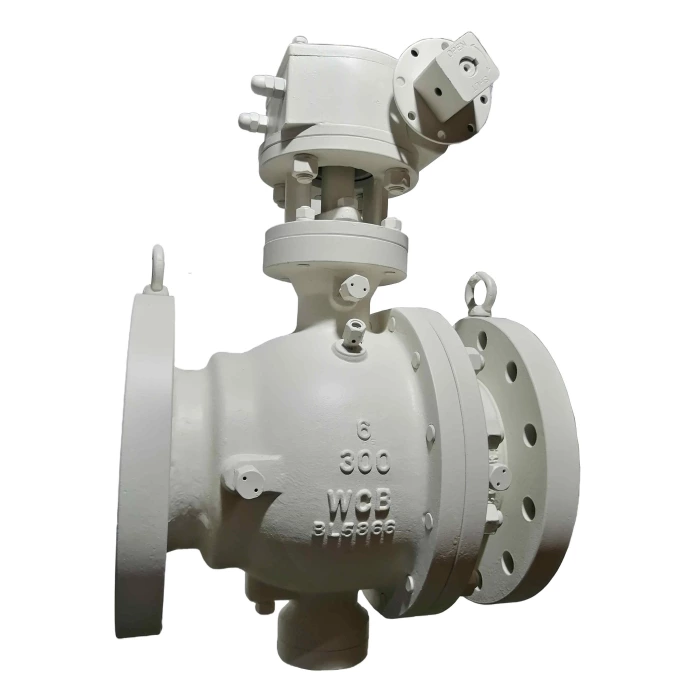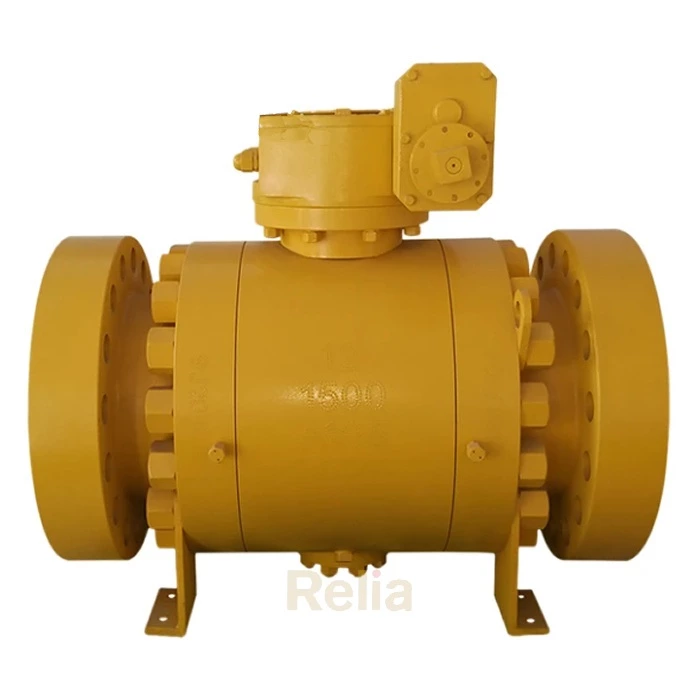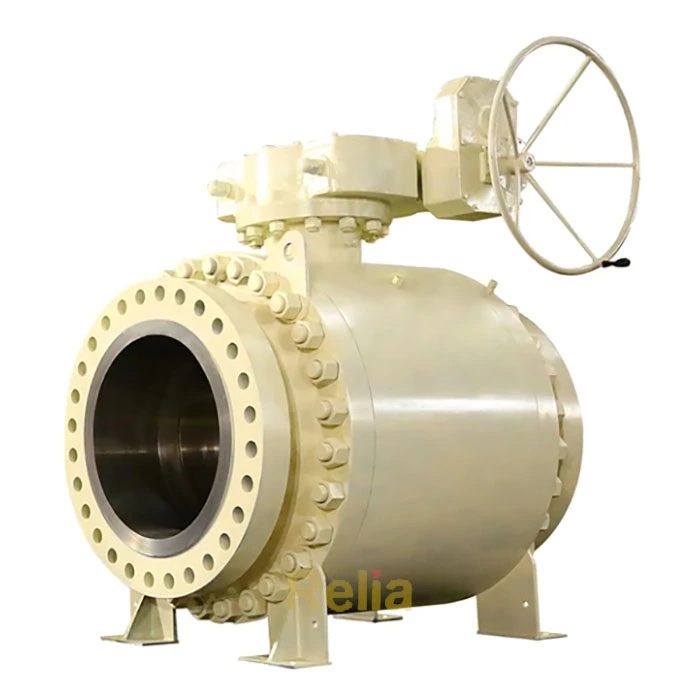API 608 Ball Valve
API 608 ball valves are reliable in petroleum, petrochemical, and industrial applications by addressing safety, material integrity, and operational durability.
- Valve Type
- Ball Valve
- Standard
- API 608
- End Connections
- Flanged or Welded
- Unit Price
- $60-50000
1. Scope and Applicability
- Valve Types: Floating (seat-supported) and trunnion-mounted ball valves.
- End Connections:
- Flanged (DN 15–600 / NPS ½–24).
- Butt-welding (DN 15–600 / NPS ½–24).
- Socket-welding (DN 8–50 / NPS ¼–2).
- Threaded (DN 8–50 / NPS ¼–2).
- Pressure Classes:
- Flanged/Butt-welding: Classes 150, 300, 600.
- Socket-welding/Threaded: Classes 150, 300, 600, 800.
- Bore Sizes: Full bore, single reduced bore, double reduced bore.
2. Design Requirements
- Flow Passageway: Must allow passage of a cylinder with diameters specified in Table 3 (e.g., full bore for DN 50: 49 mm).
- Body Construction:
- Wall thickness conforms to ASME B16.34 (Standard Class).
- Flange dimensions follow ASME B16.5.
- Welded flanges require full penetration butt welds.
- Antistatic Design: Ensures electrical continuity (≤10 ohms resistance) between ball, stem, and body (critical for explosive environments).
- Stem and Ball:
- Stem-to-ball connection must withstand 20 N·m torque or twice the manufacturer’s maximum torque.
- Ball must be solid one-piece construction unless otherwise agreed.
- Packing Glands:
- Adjustable glands accessible without disassembly.
- No vertically split glands; gland bolts must not exceed 1/3 ultimate tensile strength under compression.
- Operation:
- Manual levers or gear operators with ≤360 N input force.
- Position stops for open/closed positions; clockwise closing.
- Lockable devices (for open/closed positions) optional.
3. Material Requirements
- Shell: Materials per ASME B16.34 (e.g., carbon steel, stainless steel).
- Trim: Ball, stem, and seats match or exceed shell material properties. Corrosion-resistant options (e.g., NACE MR 0103 compliance) available.
- Bolting: Intermediate strength (ASME B16.5 minimum) or higher grades if specified.
- Seals/Gaskets: Compatible with valve’s pressure-temperature ratings (e.g., PTFE, R-PTFE, metal seats).
4. Testing and Inspection
- Pressure Testing: Per API 598 (shell, seat, and closure tests).
- Fire Testing: Complies with API 607 if specified (fire-resistant seats with secondary metal seals).
- Inspection: Manufacturer examination mandatory; optional purchaser inspection.
5. Marking and Identification
- Mandatory Markings:
- "API 608" on identification plate.
- Ring joint groove number (if applicable).
- Directional arrows for unidirectional valves.
- Material Identification: Austenitic stainless steel/nickel alloy plates welded or pinned.
6. Packaging and Shipping
- Protection:
- Drain test fluid; apply rust inhibitors.
- Protective end covers/plugs (removable; prevent installation with covers).
- Position: Shipped fully open unless design restricts.
7. Optional Features (Purchaser-Specified)
Lockable devices, NACE compliance, fire-tested seats, export packaging, spare parts lists.
Leave Us Your Info
Could you please kindly fulfill the following information when enquiring:
Valve type (ball, gate, globe, check etc.), valve size, pressure class, valve material, and end connection (flanged, butt welding etc.)






